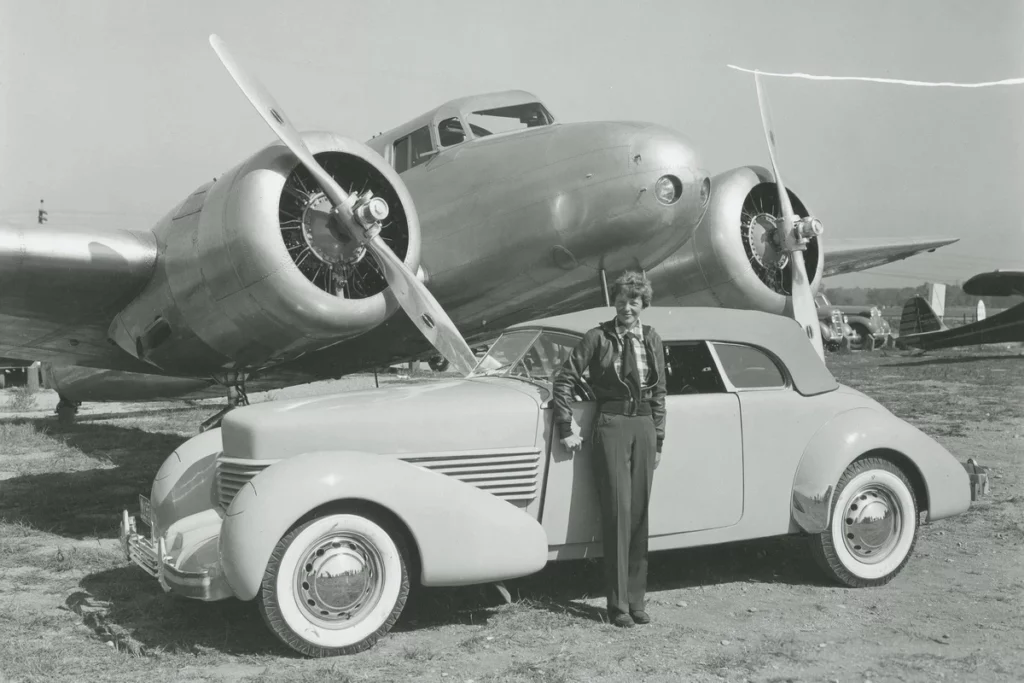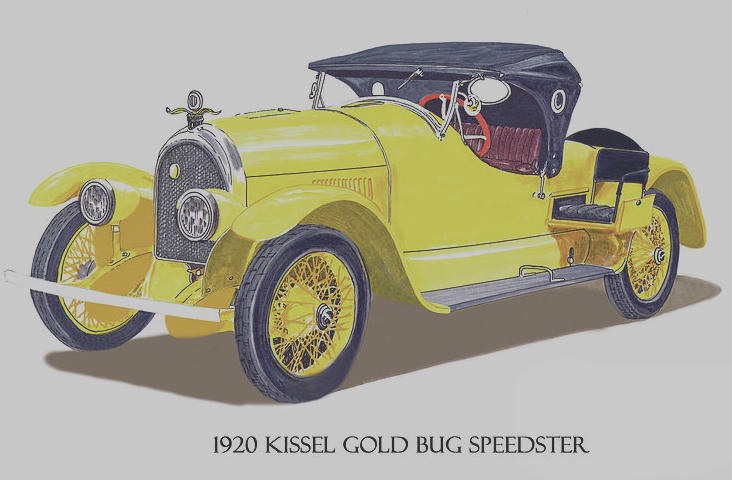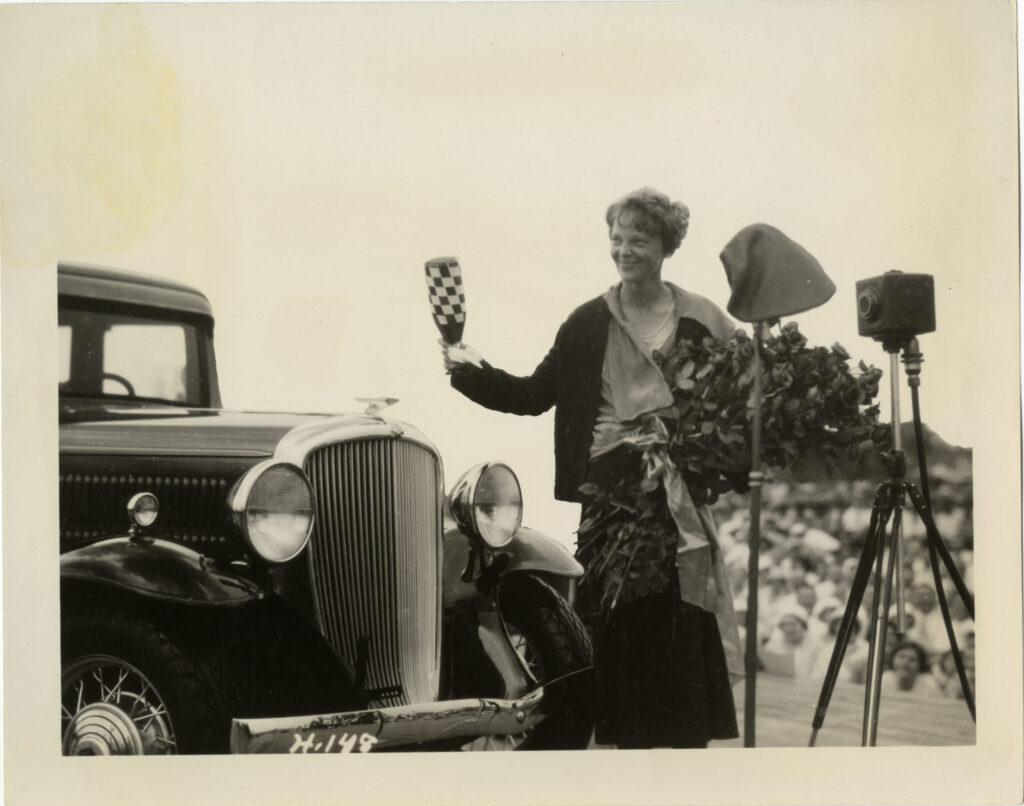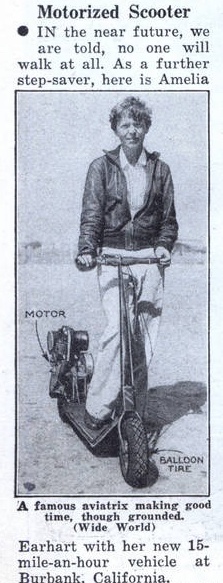Academic publication can work in strange ways. Getting a manuscript from submission to publication – with reviews, revisions, resubmissions, and restarts – can take a considerable amount of time. It can seem like ages before something is published, then all of a sudden multiple articles are released at the same time. That is what happened this summer. Projects I started years ago, as well as those written more recently, all appeared in print or online in the past couple of months.
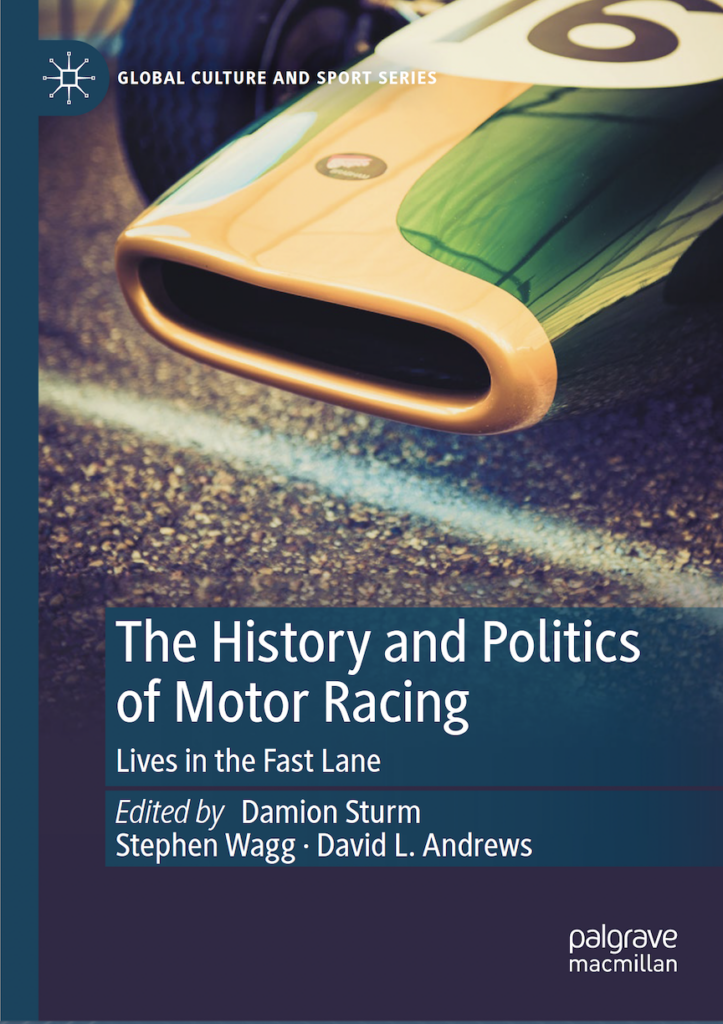
The first project published was a chapter on the history of women-only racing I was asked to write for a book on the history and politics of motorsports. While I was given rather broad guidelines – women in motorsports – I was able to craft a chapter – “From Powder Puff to W Series: The Evolution of Women-Only Racing” – that traced women’s involvement in segregated racing from the early years of motorsports until the beginning of the twenty-first century. While I entered the project rather ignorant of motorsports history in general and women’s motorsports involvement in particular, the staff at the International Motor Racing Research Center [IMRRC] in Watkins Glen, New York provided both materials and assistance for which I am extremely grateful.
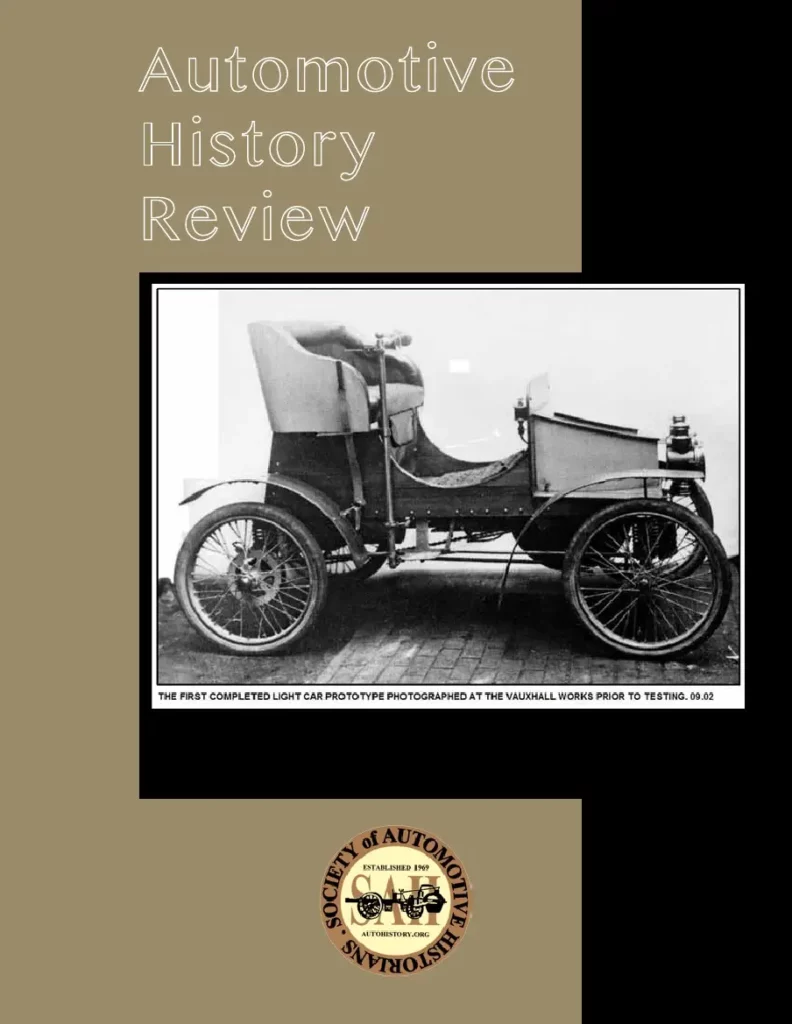
The second article to appear was one developed from a virtual conference – co-convened by the Society of Automotive Historians and Automotive Historians Australia – in which I participated last fall. The instructions for this project was to explore the ways in which the Australian and North American auto industries ‘shared parts and components, staff, expertise and skills, engineering, design and studio practices, business and management structures, and advertising and trade practices.’ Although I am not well versed in automotive history on either side of the Pacific, I decided to construct a historiography of women’s automotive history from Australian and American scholars. “Women & Automobiles Across Two Continents: An [Unfortunately] Brief Historiography of Women’s Automotive Scholarship in Australia and America” turned out to be an interesting endeavor, and provided me with the opportunity to put the skills I learned in graduate school – a shout out to BGSU professor of history Andy Schocket – to good use. I was contacted by the editor of the Automotive History Review to rework the presentation into a paper suitable for inclusion, to which I eagerly and gratefully consented.
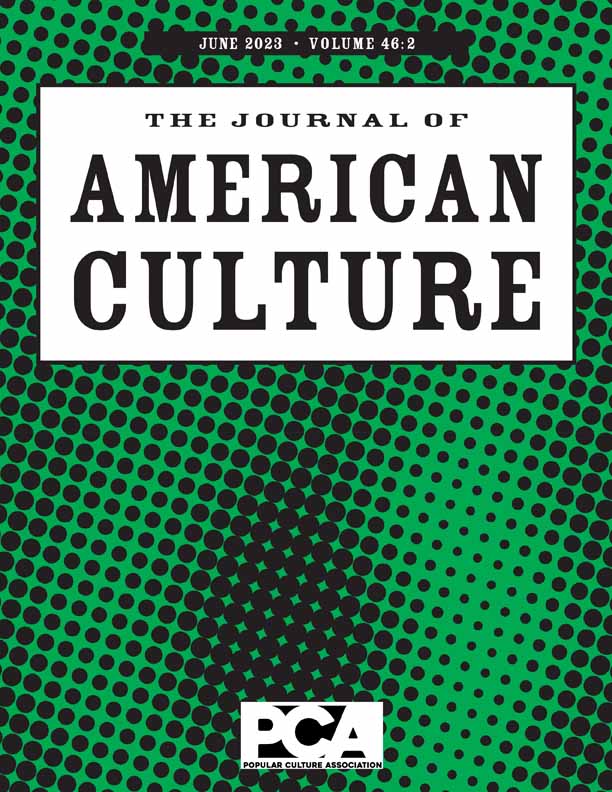
The third project to reach fruition was “Pink Power: The Barbie Car and Female Automobility”. This project had a long and interesting journey from conception to publication. The idea was originally presented at the Popular Culture Association [PCA] virtual conference in 2020 during COVID. It was developed into a paper and submitted to an academic journal for consideration. It languished at the journal for months. I was asked to revise and resubmit, after which I waited another few months before being told that the article just wasn’t a good fit for the publication. The rejection turned out to be fortuitous. I resubmitted to The Journal of American Culture, and after making the recommended revisions, the article was published online just one week after the release of the Barbie film. Talk about perfect timing! This publication capped an incredible summer of published scholarship of which I am excited and proud.
I won’t experience another flurry of academic publishing activity for perhaps a year or two. I currently have two projects in process – in the writing and research stages, respectively. As I continue on these projects, I will take a moment to enjoy this serendipitous moment when all of the academic publishing gods collided.

